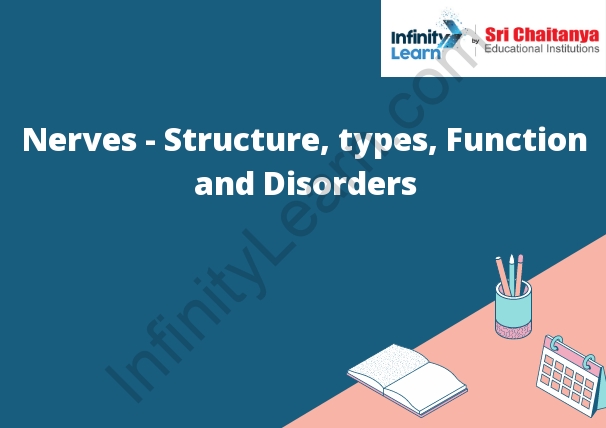Nerves
Nerves are long, thin cells that carry messages between the brain and the rest of the body. They are made up of three parts: the cell body, the axon, and the dendrite. The cell body is the largest part of the nerve. The axon is a long, thin fiber that carries messages away from the cell body. The dendrite is a long, thin fiber that carries messages to the cell body.

Structure
by Dr. Samuel G. Dixon
The nervous system is composed of a network of nerve cells, or neurons, that carry electrical impulses throughout the body. The brain and spinal cord are the central control centers for the nervous system, and the peripheral nerves carry messages between the central nervous system and the rest of the body.
The nervous system is divided into two parts: the central nervous system and the peripheral nervous system. The central nervous system consists of the brain and spinal cord, and the peripheral nervous system consists of the nerves that carry messages between the central nervous system and the rest of the body.
The central nervous system is responsible for controlling all of the body’s activities, and the peripheral nervous system is responsible for transmitting information between the central nervous system and the rest of the body. The peripheral nervous system consists of two parts: the somatic nervous system and the autonomic nervous system.
The somatic nervous system is responsible for controlling the voluntary muscles, and the autonomic nervous system is responsible for controlling the involuntary muscles. The autonomic nervous system is divided into two parts: the sympathetic nervous system and the parasympathetic nervous system.
The sympathetic nervous system is responsible for the “fight or flight” response, and the parasympathetic nervous system is responsible for the “rest and digest” response. The nervous system is a complex and amazing system that controls all of the activities of the body.
Types
There are three types of nerves in the body: sensory, motor, and autonomic.
1.Sensory nerves send messages from the skin, muscles, and other organs to the brain. These messages tell us what is going on inside and outside of our bodies.
2Motor nerves send messages from the brain to the muscles. These messages tell the muscles what to do.
3.Autonomic nerves control the organs that work automatically, such as the heart, stomach, and intestines
Functions
Nerves are essential for the functioning of the body. They carry messages between the brain and the rest of the body. This allows us to move, feel, and think. Nerves also help us to digest food and to breathe.
Nerves are made up of special cells called neurons. Each neuron has a long extension called an axon. The axon sends messages to other neurons. The messages are carried by chemicals called neurotransmitters.
Nerves can be damaged by injury or disease. This can lead to problems with movement, feeling, and thinking. It can also lead to problems with digestion and breathing.
Disorder
Nerves disorders are a broad category of conditions that affect the function of the nervous system. This system is responsible for controlling and coordinating the activities of the body’s organs and tissues. Disorders of the nervous system can cause a wide range of symptoms, depending on the part of the system that is affected.
Some common types of nerves disorders include:
-Neurological disorders: This category includes conditions that affect the brain, spinal cord, and nerves. Neurological disorders can cause a wide range of symptoms, including seizures, tremors, and paralysis.
-Neurodegenerative disorders: This category includes conditions that cause the death of nerve cells. Neurodegenerative disorders can lead to a range of symptoms, including memory loss, confusion, and difficulty walking.
-Neuropathic pain: This type of pain is caused by damage to the nerves. Neuropathic pain can be very difficult to treat, and can cause a wide range of symptoms, including burning, tingling, and numbness.
-Epilepsy: Epilepsy is a condition that causes seizures. Seizures are episodes of sudden, uncontrolled electrical activity in the brain.
-Migraine headaches: Migraine headaches are a type of headache that is often accompanied by nausea, vomiting, and sensitivity to light and sound.
There is no one-size-fits-all approach to treating nerves disorders. The treatment plan will vary depending on the specific condition and its symptoms. Some common treatments for nerves disorders include medications, surgery, and physical therapy.
If you are experiencing symptoms that suggest you may have a nerves disorder, it is important to see a doctor for diagnosis and treatment. Nerves disorders can be serious, and left untreated they can lead to disability or even death. Early diagnosis and treatment is the best way to ensure the best possible outcome.





